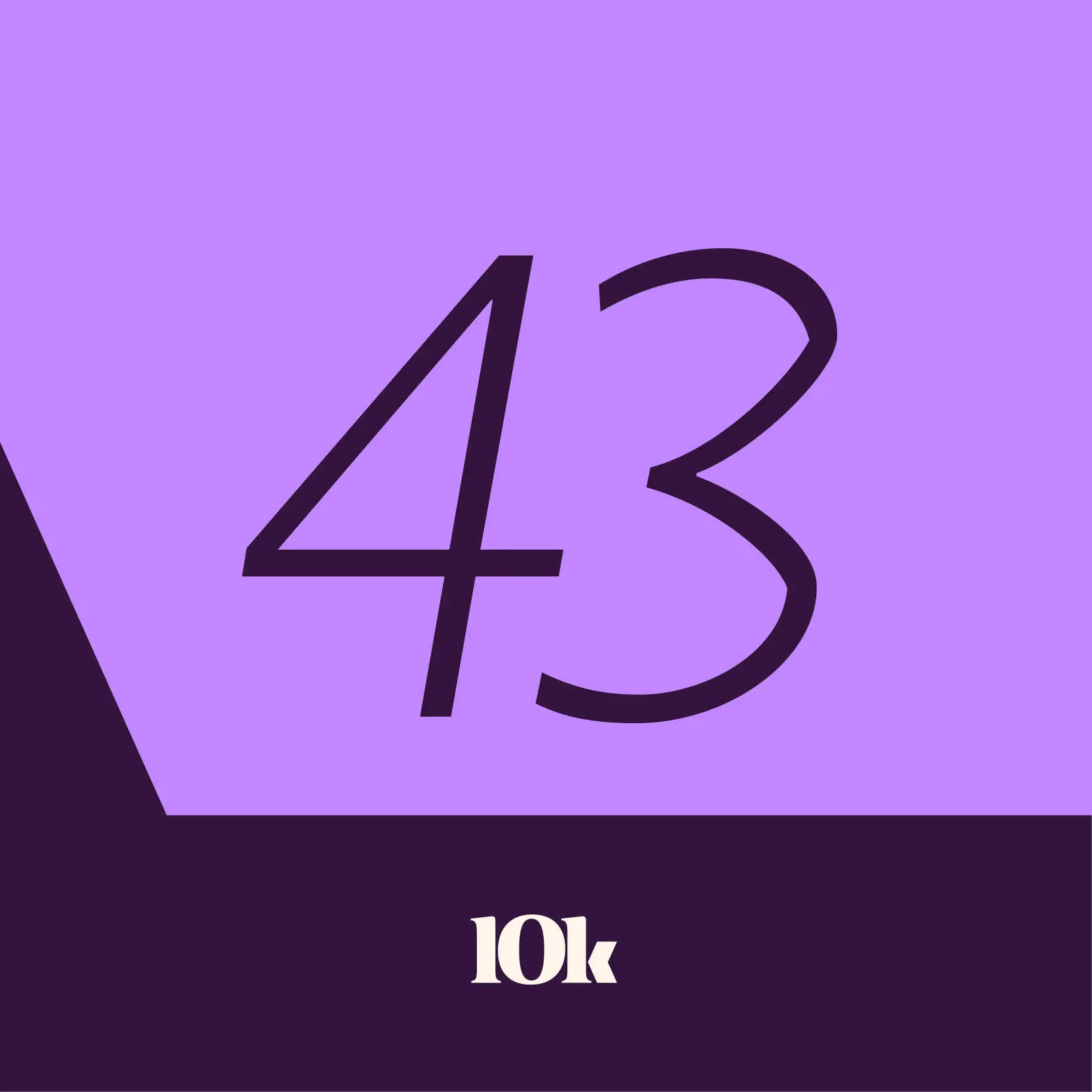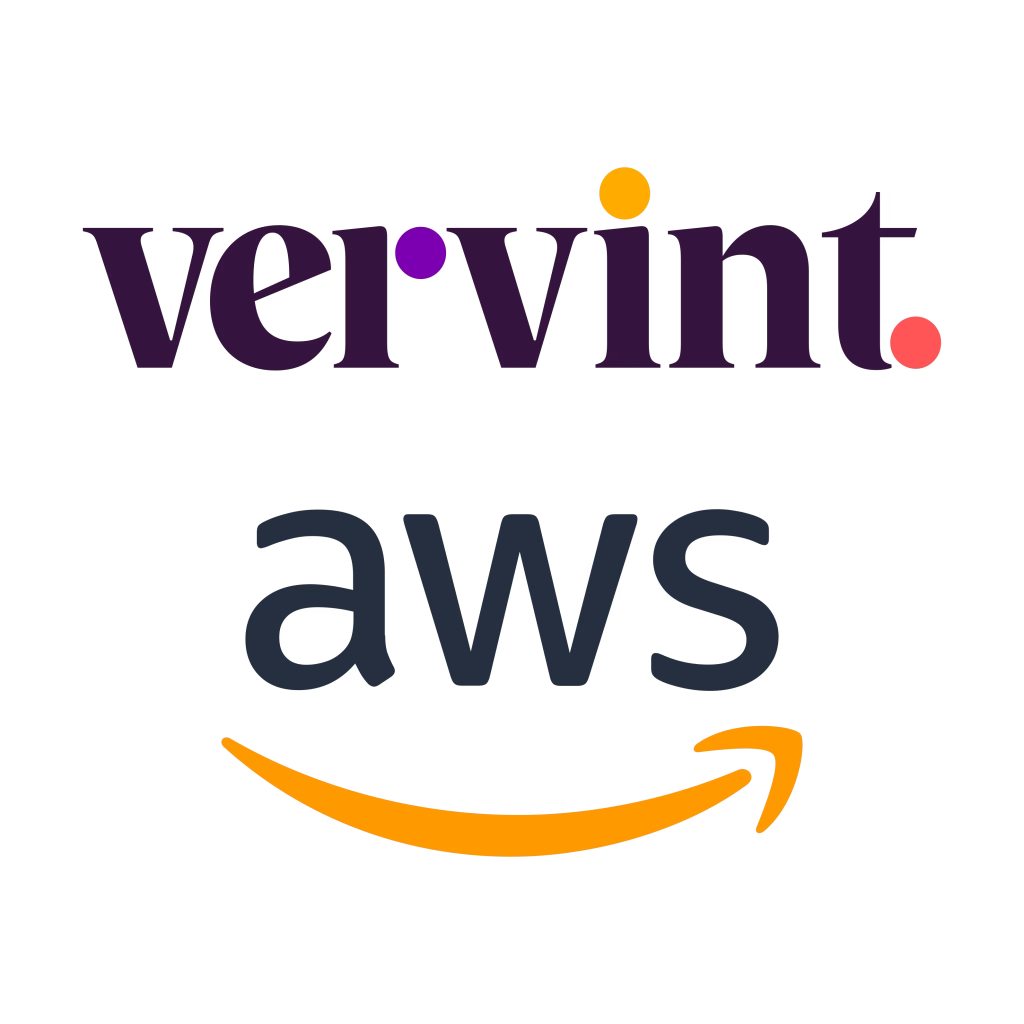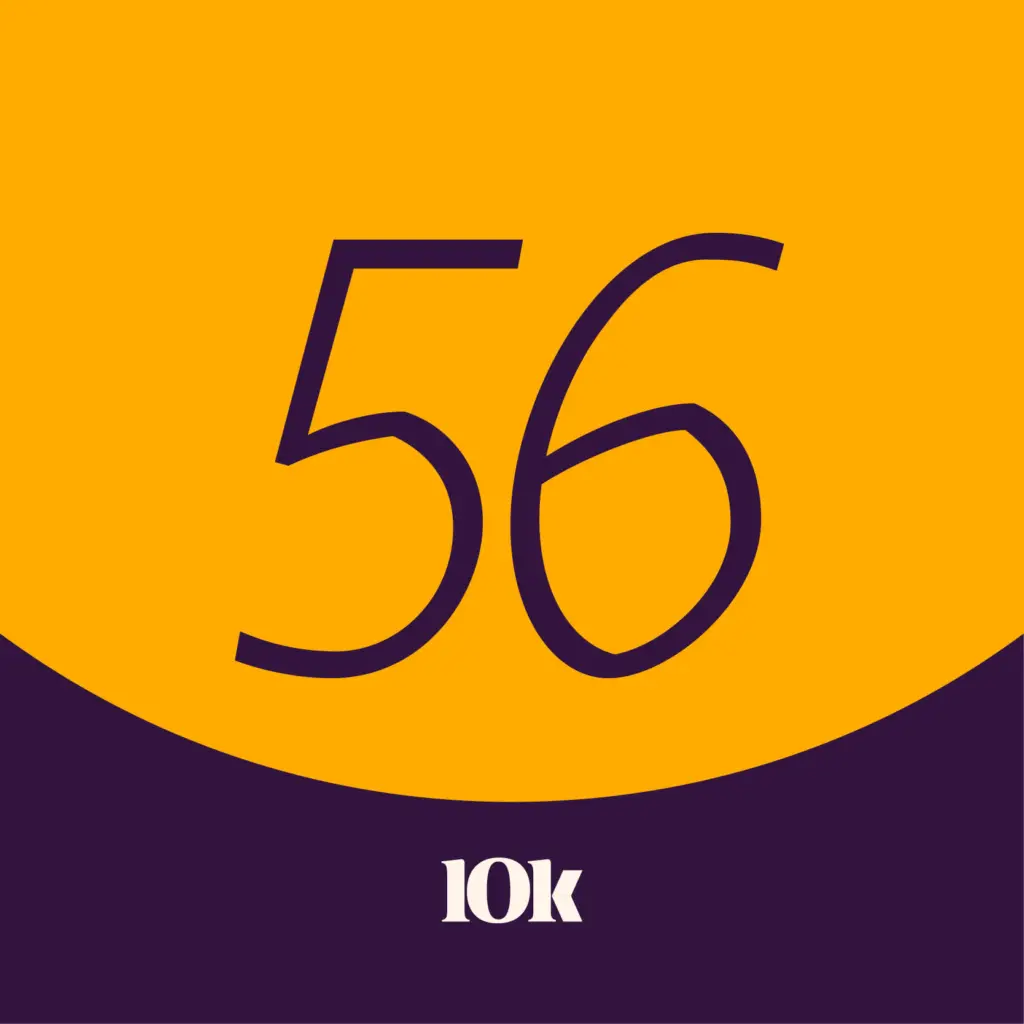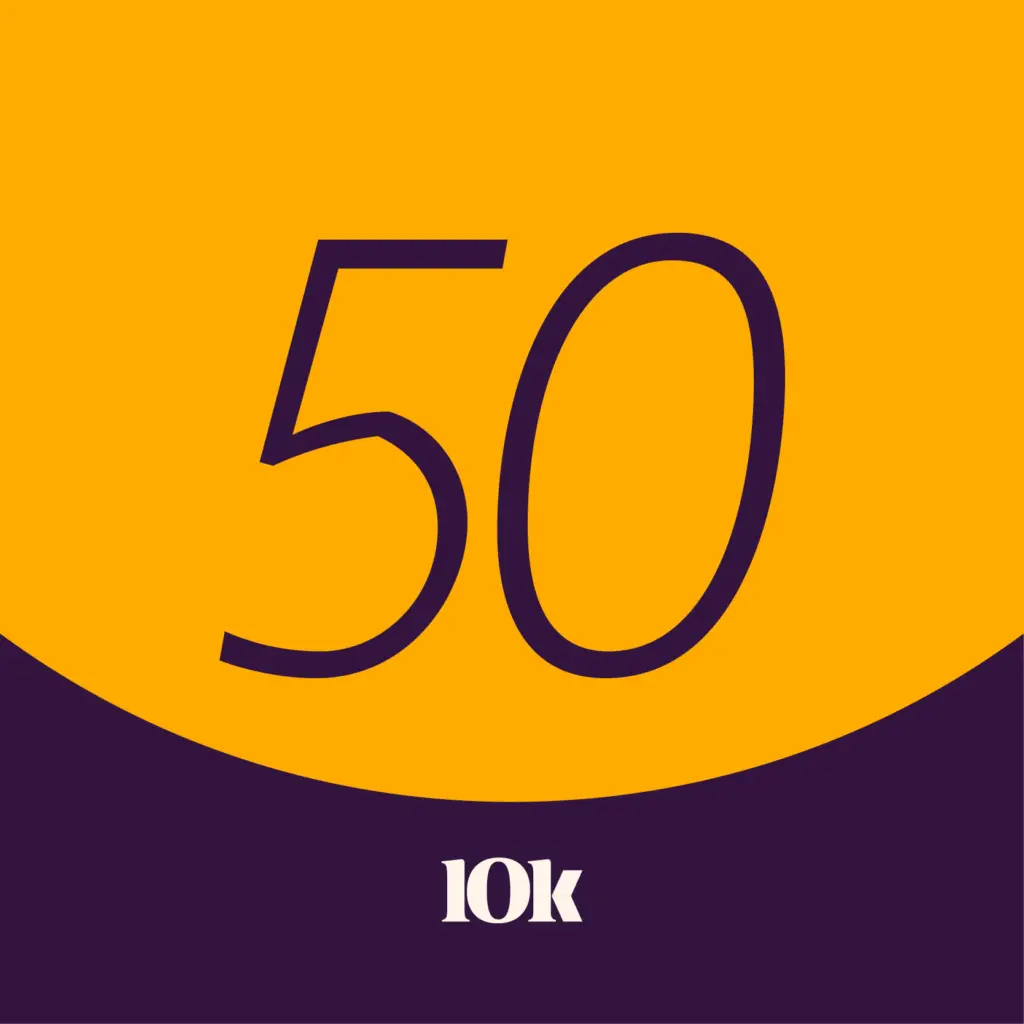We talk to Data and Technology Leader and Architect Alex Tweedy to shine a light on our new cost optimization offer. At the start of a cost optimization engagement, we will work with clients to discover: what are your goals? Why did you launch a connected product in the first place? What is working well? Learn more about what a cost optimization engagement looks like, an exciting project Tweedy is working on and how he is using his prior experience every day on the job.
Enjoy the episode!
This podcast content was created prior to our rebrand and may contain references to our previous name (OST) and brand elements. Although our brand has changed, the information shared continues to be relevant and valuable.
Episode Transcript
Kiran Patel: Welcome to today’s episode of Ten Thousand Feet: The OST podcast. I am joined today by Alex Tweedy, an architect with the Data Analytics and Connected Products Teams at OST. Alex is an experienced data and technology leader and architect with expertise and a proven track record of building enterprise solutions utilizing all data. He joined OST in June, after 14 years of experience at Amway.
Alex, welcome to the show.
Alex Tweedy: Thanks, thanks for having me.
Kiran: So, tell us a little bit about your background and what brought you to this point in your career.
View Full Transcript
Alex: Yeah, so, my background has primarily been in BI data warehousing and system integration, so I did the bulk of my career in that space, helping integrate systems at Amway across 59 countries. A few years ago, I had the opportunity to work on Amway’s first connected product, so we had a connected air filtration system, so Bluetooth and Wi-Fi connectivity and they really brought me in to help with data architecture and data design. So, working with the firmware team to figure out what the messaging needs to look like, figured out what the data payloads need to look like and then bringing those back into a single place so we could get visibility to the data, do reporting, things like that.
As I was doing that, I kind of spread into more fully-fledged system architecture, so there was a need to do things like serverless architectures, cloud native architectures, things like that. And so, that really was the bulk of my time and then ultimately ended up finding the opportunity at OST in June, July and came to have fun with you guys.
Kiran: And we are so glad you’re here. So, you’re here with us at OST, it’s been a few months now. What are your responsibilities? What are you typically doing day-to-day?
Alex: Yeah, so my role is a connected product solution and data architect. So, my main responsibilities are to engage with clients and look at if there are greenfield projects, how we could solution things to take advantage of cloud native architectures and different things like that.
If it’s more brownfield, you know, come in and help them understand how they can improve their architectures, where they can go, kind of understand what their goals are and go along with that journey with them.
Kiran: I’d love to hear about a project that you are most excited about now.
Alex: Actually, my first project with OST was with a company called Owlet, out of Utah. They make a sock which is like a pulse oximeter for babies. It’s designed to help parents keep track of oxygen levels, heart rate, things like that with their kids. So, they had an existing product that was in the field, and they weren’t really happy with their existing IoT platform. There were some pain points with spend and flexibility and stability. And so, we actually were brought in as partners with AWS to come in and talk to them about how we could do a best-in-class next-generation cloud native architected IoT platform to help them address those specific pain points they had.
Kiran: Now you mentioned cloud native architecture, just a couple minutes ago. Can you define that term for us?
Alex: Yeah, so cloud native architectures are really architectures that are designed from the ground up to take advantage of the unique benefits that the cloud offers. So, things like serverless architectures, pay as you go pricing, auto-scaling and built-in redundancies. The things that make experiences on Amazon.com so great.
Kiran: So, you talked a little bit about Owlet and the need that that organization had, some of the things that they were considering and thinking about. So, if you’re an entity and you want to think more about cost optimization, how do you start that thought process? And where do you begin when you’re wanting to see if that applies to your organization?
Alex: Yeah, like with so many things, it really starts with visibility, right? So, understanding what you have visibility to and what visibility you don’t have. So, a lot of companies will have visibility to maybe, let’s say they’re a cloud solution company. They have visibility to their overall spend, right? They know what they get billed every month, but a lot of companies that can kind of be the end of it. They don’t necessarily understand the relationship between usage and the way that things are charged. And that’s really where a lot of our expertise can come in because we help companies design and build those solutions and really understand what are the levers with a cloud native architecture? When your usage goes up, what happens to your cost? And that can vary a lot depending on how you solution things. Ideally, if you’re doing cloud native architectures, as your usage goes up you kind of have a linear relationship with your spend, but if you do things maybe in non-optimized ways, you may be stuck in more of that planning cycle of I’m buying big clusters of machines, I’m not really adjusting my usage based on that, I’m keeping those things provisioned all the time, but maybe I don’t need to.
Kiran: Now OST has recently been preparing to launch our cost optimization offer and I know you’ve been a part of that. What has the offer process been like and what can a client expect if they do engage in such an opportunity with us?
Alex: Yeah, so we had a really great opportunity to talk kind of internally between the architects on the connected platform team to bring different stories to bear I would say on things that we had seen at different clients, and so, we talked through what questions clients asked and why they asked those questions. And it really comes down to, initially, we’re going to ask a lot of questions, we’re going to come in and talk to you about what are your goals? Why did you launch a connected product? What are you getting out of the connected product right now that’s working well? What’s not working well? Do you have visibility to your cost? Do you understand the relationship between the feature road map that you have, the things that you’re going to be trying to launch, and what the impacts to cost and performance are because of that? We’ll then put that kind of through the lens of our internal experience and what we’ve seen at other clients as far as per item spend and messaging rates. And then we’ll come back and say, this is where we see you as being. Do you need increased visibility? What are your goals? What are you really trying to do?
Kiran: When clients first get that initial feedback from you when they have engaged in such an opportunity, are they typically surprised? How do they react to that visualization when they’re seeing and hearing it for the first time?
Alex: You see a lot of people get really excited, even if they’re not necessarily in the best space from a spend perspective, but just bringing visibility to say the relationship between the number of things you have on the platform and what you’re spending; understanding their fixed versus variable cost, are you buying things in big chunks in the more traditional IT spend cycle and this is the net impact to your spend because of that or are you in a good place where you’re already using pay as you go services, like Lambda and DynamoDB, and then immediately coming back with here are the things we can do to make this better, right? Like we talked about earlier, the first step is also always visibility. Like if you can’t see, you can’t measure the things you can’t see. You can’t react to them. You can’t make data-driven decisions.
Kiran: Makes perfect sense. Can’t measure what you can’t see. So, if I’m someone listening and I’m thinking this might be for me, how can I be sure? Can you talk a little bit about the signs inside an organization that might indicate it is time to engage in a cost optimization opportunity?
Alex: Yeah, absolutely. So, if you’re getting questions from your business users around new feature sets and new things that you want to drive, but you’re really struggling to understand what’s the real total cost of ownership for implementing those new things? And you feel like you’re just kind of making decisions based on what marketing or sales or whoever is asking for and you’re not really able to come back to them with good answers. We can help with visibility there. You can also have situations where maybe you did go through an initial sizing and estimation process and you thought you were going to be on a specific trajectory as far as things like price per device for connectivity and you’re off the rails, right? Maybe you thought it was going to be $0.20 a device a year, and you’re seeing a dollar a device a year or something like that. The other thing that can happen is, and this is a relatively good thing, is you exceed your sales forecast, right? Maybe you thought you were going to be at a certain level, and your product went viral, something happened, and now you’re selling way more, but your architecture maybe isn’t growing with you, or your pricing is going up exponentially instead of linearly.
Kiran: Those are probably all signs that it’s time to start thinking about optimization. So, we’re optimizing and we’re saving money. But we’re also thinking about our spend differently, and I’m wondering if you can just talk a little bit about how optimizing your costs efficiently; can lead to new opportunities for investment in other ways.
Alex: Yeah, yeah, absolutely. The whole cloud native architecture piece and cost optimization is really, in my mind, a positive disruptor, right? So, the way that companies traditionally thought about IT spend, in general, were these big, you know, three-to-five-year cycles where you had to go through and plan out all your usage, and if things went off the rails, you were paying big licensing concessions, things like that. So, by going in this direction, you’re now able to speed those cycles up. Which some people think about and it’s like oh no, I have to do this a lot more often, but it really is freeing because you have the opportunity for inflection points where you can modify things, you can change things. If you launch a feature, maybe it was an expensive feature, but it’s not having the impact you want, you roll the feature back, right? I mean, marketing probably isn’t going to love to hear that you know you didn’t do that, but at the same time, you can then free up those dollars to invest on new features, new things. People talk a lot about things like AB testing. That absolutely is critical in the connected product space. You should be looking at your fleet as your testbed; to some extent, you do it in a safe way, right. You don’t go and break products for customers, but maybe you have beta programs that customers can sign up for, and you can try new features on small scales with limited sets, see if they have the impacts you want. I mean at the end of the day, you’re trying to achieve two main outputs with connected products, the first being you’re trying to delight your customers. You’re trying to provide a competitive experience that’s going to make people want to be engaged and use your product and really help people to a large extent live better lives, but then you also need to be able to provide internal insights that are going to help drive your road map. And in some cases, you can even create data products that are marketable on a third-party basis or things that you can license out to other people or other companies to have a net positive impact.
Kiran: Getting back to Owlet and the work that you are doing there. Have there been any lessons learned that have surprised you?
Alex: Yeah, absolutely. Owlet was really fun because we were able to come in and do kind of a greenfield approach, even though it’s a brownfield company, they have brownfield devices. We were really focused on their next-generation products. And so, we had the opportunity to really build out a robust estimation and calculation engine with AWS. So, AWS does a great job of providing tools that you can go out and estimate once you know what your usage patterns are and your usage levels are. The actual pricing, they codify all their same rules that they use in their actual billing process — so you can use those. The gap that we needed to bridge was to go through design that cloud native architecture with Owlet, in partnership with Owlet, understanding their client usage, looking at things like their app analytics stores, talking to them about sales forecasts, and then taking those and saying okay with this next generation product it’s going to send messages at this rate, you’re going to have real-time connectivity, you’re going to do these things, here are the services that are going to best scale with you and be the most cost-efficient ways for you to do that. And then, we take the output of the planning forecasting exercise, put that in through AWS product pricing catalog and then we were able to come up with a monthly run rate. We were able to come up with usage levels, and a big part of that too is checking against service limits. AWS has lots of service limits that take a lot of digging in the documentation, sometimes defined. And so, looking at those architectures and really making sure that the places Owlet was going to need to scale, were places that they’re either soft limits that we could have increased or that at least we weren’t going to run up against any hard limits that were going to pose a real technical challenge long-term.
Kiran: That’s really exciting to hear, and it sounds like that work has been rewarding to be a part of. So, if I’m that organization, and I’m thinking, I’m convinced, and this is for me, what can I expect the process to look like once I’ve engaged with OST to take part in this optimization opportunity?
Alex: Yeah, absolutely. So, we’ll initially kind of reach out and work on the particulars of your situation. We’ll understand those high-level goals that you want, who your business stakeholders are, pieces like that, you know, we’ll to some extent customize a statement of work with you to make sure that everybody is in agreement on how things can work. We’ll then come in, you know, we’ll bring architects and our assessment experts to look at your current environment and understand it’s okay if you’re already in the cloud; what does your cloud spend look like today? We have tools that we can use to help extract that data and put it into formats and visualizations that are easy to understand and share so that you can go back to your business stakeholders and help them come along on the journey with you. We’ll probably want to do interviews even with those business stakeholders to understand what business outcomes you really want to drive with your products. Cost optimization, I think you mentioned this earlier, is really kind of about two things, right? It’s about cost avoidance, but at the same time, it’s about enabling the right feature set. And if you don’t really understand where you’re trying to go from both of those aspects, it’s hard to make recommendations about how you would optimize a specific solution.
Kiran: Excellent. Thinking back to your experience and what has led you again to this point. Are there lessons that you’ve learned from the past that are helping you be successful in the work you’re doing today?
Alex: Absolutely. So, especially you know my time at Amway on the connected products team because I did kind of sit at the confluence of the data side of things as well as the architecture of things, I had to answer a lot of these questions and I had to spend a lot of time with executive leadership to really understand what their goals were. And bring the right answers back. It’s easy to try to come back just with a very technical answer, but then putting that through the lens of somebody that maybe doesn’t understand what MQTT protocols are and what serverless architectures are, and auto-scaling and all those pieces. And really help them come along on the journey of these are the reasons we want to invest in these spaces, here’s where our spend is versus where we thought we were going to be, we want to do these new features, everybody is excited about these new features, but maybe there is better ROI on some of them and trying to have more foresight upfront about what that ROI is so that it’s not just whoever the loudest person in the room is, is the one that’s going to get their pet feature done.
Kiran: Good tips there for sure. Considering that you are watching a lot of these trends as they happen, is there anything that you’re most excited about that you see coming in the near future that you might be able to share with us?
Alex: Part of my role on the team, and the architects on the team, as well, is to stay abreast of the changes that are happening in the various cloud ecosystems. So, we subscribe to RSS feeds. We have close contact with the SA’s at the cloud vendors, and they really do a great job of coming to us and telling us about changes to models changing, you know, service offerings, pricing. I personally get excited when new things get launched, even if they replace things that maybe are familiar because it’s typically a better offering. It’s more integrated. It’s less that we have to manually build and more that we get to go back to our clients and say, hey, let’s focus on the business logic, let’s focus on the differentiator for you versus worrying about how we’re going to do auto-scaling groups or whatever that is, but it’s really exciting to be able to take when we learn those new things, take them back to clients and say, hey, we can save you money because this changed and now, we can do this differently. A concrete example was actually I think last week, AWS announced a new pricing model for their Lambda offering, their serverless function offering, where you could switch to an arm-based ecosystem or an arm-based runtime, and I think it was get a 20% discount versus previous cost. That’s a change that because of the way we’ve architected CI/CD for a lot of our partners, it’s a very simple change to implement. You go through a testing cycle and right there you save 20% off your execution environment. You don’t get those kinds of changes in a classical computing environment, right? That’s definitely a cloud native architecture benefit, and specifically one like that, that’s so immediately tangible and so light lift to implement. It’s just really exciting to be able to enable our customers to take advantage of those things.
Kiran: It’s fantastic. If someone would like to learn more or find out about this opportunity, what is their best course of action?
Alex: Yeah, we have a product landing page I believe out there that we can have people go to and they can kind of fill out a form and get in contact with us and we can kick things off from there.
Kiran: Anything else Alex that we didn’t cover already about this space that you’d like to mention.
Alex: No, I think it’s an exciting space. I think it’s, you know, an area that lots of companies are going to need to really spend a lot of time thinking about. And as things progress, we can’t have a system where we just kind of connect everything, right? And I think that’s kind of where we’re going with certain things, where we just are kind of connecting things without really thinking through it.
Kiran: Well, thank you Alex for joining us today to talk about your experience, your background and some of the things that you’re most excited about. We are glad to have you on Ten Thousand Feet.
Alex: Thank you for having me.
Kiran: Thanks for listening to Ten Thousand Feet: The OST Podcast. If you were intrigued, and want to hear more, go to ostusa.com to check out all of our episodes and let us know if you have an idea of something you want to see covered in the future.
Thanks again for listening.
The transcript has been edited for clarity.





